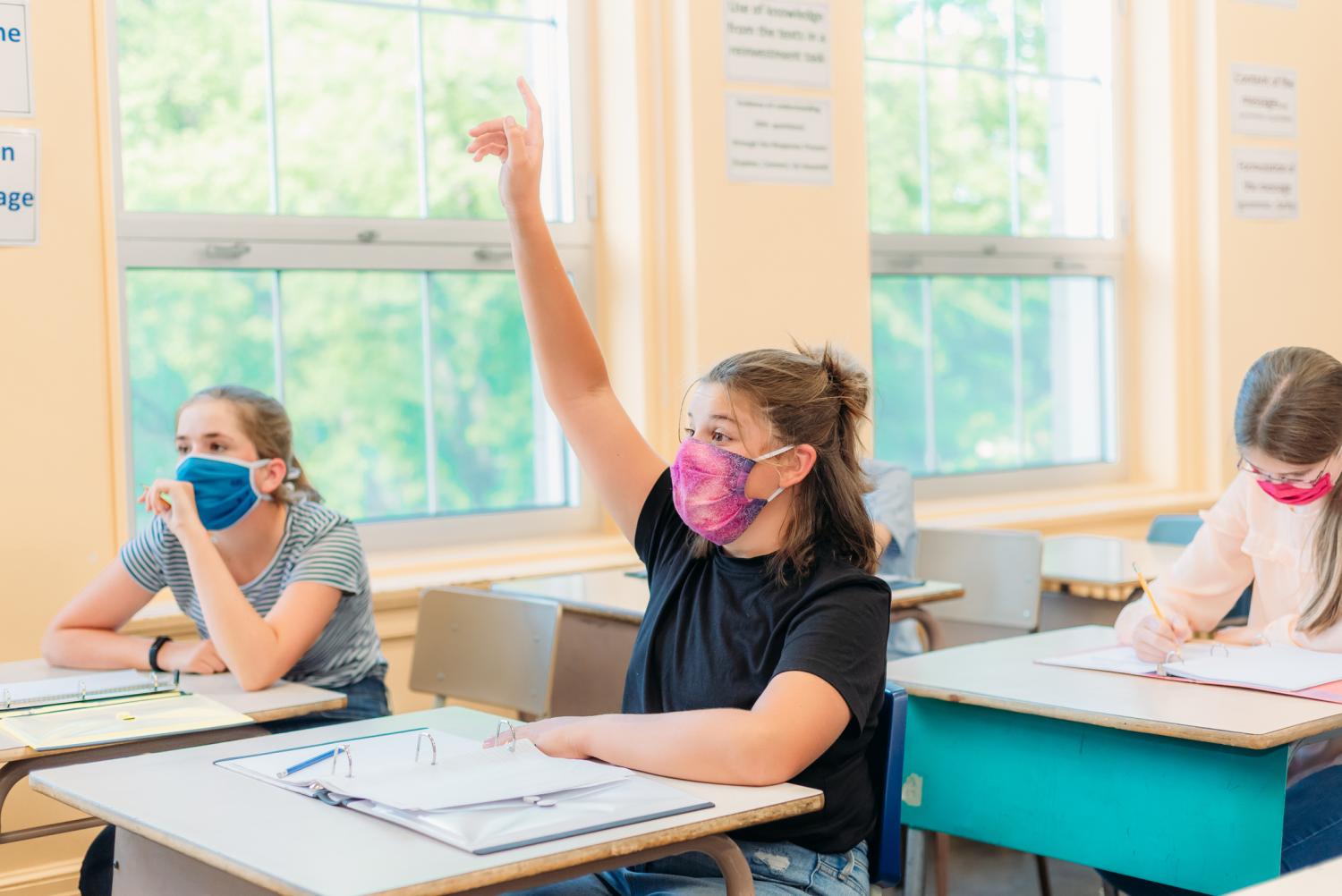A study of US counties suggests that communities with schools that switched from remote to in-person instruction in fall 2020 had slightly higher COVID-19 case rates 4 to 8 weeks later than those that remained virtual.
The research was published today in JAMA Network Open.
A team led by Children's Hospital of Philadelphia researchers included 51 county matched pairs drawn from 229 counties with a single public school district and more than 100,000 residents. Counties with either full in-school or hybrid instruction had a median of 141,840 residents each, and remote-instruction counties had a median of 131,412 residents. The vast majority of schools were located in the southeastern United States.
County schools resuming in-person instruction for grades six and higher were matched in a 1:1 ratio with those offering only remote learning from August 1 to October 31, 2020. The matches were based on geographic proximity, demographic factors, the resumption of district-level sports activity, and baseline county COVID-19 rates.
Gap widened after 4 weeks
The median weekly COVID-19 incidence in the week before school reopening was 122.3 cases per 100,000 county residents in in-person learning counties and 110.7 per 100,000 in virtual-instruction counties.
On day 14 after reopening, the difference in COVID-19 rates between the two types of counties wasn't statistically significant (adjusted incidence rate ratio [aIRR], 1.06), but the gap widened after 4 weeks. Forty-two days after reopening, the daily incidence per 100,000 residents in the in-person counties continued to rise relative to virtual counties (aIRR, 1.24), climbing to an aIRR of 1.31 at 56 days.
The daily case rate per 100,000 residents in the in-person county schools was higher than that of virtual schools at 6 weeks (aIRR, 1.24) and 8 weeks (aIRR, 1.31). The elevated case rate was concentrated in county schools that provided fully in-person rather than hybrid instruction.
The model-estimated daily COVID-19 rate assuming all counties had remote instruction was lower than under the scenario of all counties restarting in-school instruction, particularly later in the study period.
Twenty-eight days after reopening, the median estimated daily COVID-19 rate was 13.3 per 100,000 residents if all counties had used remote instruction and 15.4 per 100,000 if all counties had been in person. Fifty-six days after reopening, the median estimated daily case count was 13.2 per 100,000 residents if all counties had been remote and 17.4 per 100,000 if all counties had been in person.
A stratified analysis showed that differences were larger among matched pairs with counties that used full in-school instruction. Fifty-six days after in-school reopening, compared with fully remote schools, the daily COVID-19 rate was higher in the fully in-person counties (aIRR, 1.52) and in those using a hybrid model (aIRR, 1.23).
Balancing learning needs with infection prevention
The authors said the study findings should be interpreted in the context of the competing concerns of reduced school engagement and a lack of socialization in children in prolonged remote-learning settings.
"In addition to education, schools offer essential health services and social supports, such as chronic disease management, school meals, and identification and protection in suspected cases of child abuse," they wrote.
They said the relatively small and manageable degree of school contribution to community COVID-19 spread may represent a tolerable risk for in-person school reopening, as long as sufficient infection-prevention measures are in place.
In addition to education, schools offer essential health services and social supports, such as chronic disease management, school meals, and identification and protection in suspected cases of child abuse.
"This is particularly important in the context of the potential influence of virtual instructional models on learning loss, socialization, and emotional well-being among children," they wrote. "As such, these data can provide context in a broader debate about the relative value of different approaches to public health mitigation in schools should another similar pandemic respiratory virus emerge in the future."




















